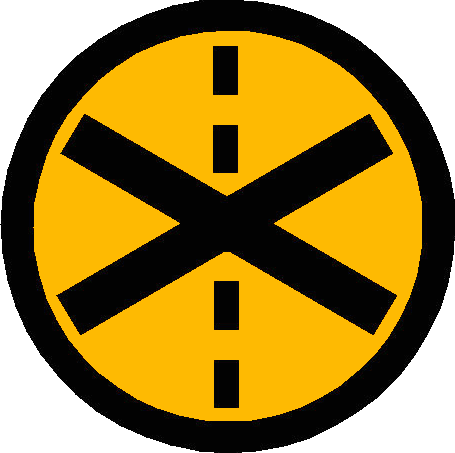
When: 2002
Technologies: compass, lightness, maps, stealth
Current URL: http://irational.org/cgi-bin/border/xing/list.pl (actual entry via http://irational.org/borderxing)
Wikibook Chapter: https://wiki.brown.edu/confluence/display/MarkTribe/Heath+Bunting+and+Kayle+Brandon
Keith Bunting and Kayle Brandon’s project challenged ideas of boundary crossing in the physical world (supposedly made freer by formation of the European Union) as well as the online world (supposedly made freer by open, global access). But this freedom is not equitable, it comes with social and economic privilege, and not for activists or those seeking asylum.
The artists patrolled the boundaries of the BorderXing project by limiting access to some of the Web site’s texts to authorized users, thus prompting site visitors to consider how access to information and locations is controlled. In this way, BorderXing subverts not only the integrity of national borders, but also our expectations that the Internet is a space of open access for all.
The project, funded by the Tate Gallery, London (info), and Fondation Musée d’Art Moderne Grand-Duc Jean (MUDAM), Luxembourg (archive), produced a web-database of their crossing of European borders that were undetected and done without a passport.
A documented crossing may include cutting/climbing fences, swimming, freigh train hopping, tunneling and includes information, such as for between Portugal and Spain, date, a rating (difficulty?), documentation with terse descriptions and photos, and a conclusion like:
When trespassing on private land do not walk on tracks, roads or paths.
Also, keep below skyline, but maintain height for overview of landscape.
Mostly, cut through and repair fences instead of climbing.
Keep good eye out for hostile humans and animals.
When trespassing private ranches with corida bulls (toros bravos),
don’t wear vivid colours such as reds and violets that could irritate
them. Walk near trees so you could climb quickly if they suddenly
appear.
The entry pages are like early 1990s barebones web pages- grey background, plain text, links, small images. The idea was not to have the web site wide open to anyone on the web, it was made available to “clients” – people, organizations who (?) agreed to make it publicly available upon request, as well as granting access to countries where oppression is common.
The guide is not linked from the site, but the link provided in New Media Art leads you there– it’s a grid of all countries, where a data point indicates a common border:

Green are successful, yellow not attempted, blue water crossings, white seem to be easy foot crossings, and black involved train tunnels.
Like the Life Sharing project also in this book, Bunting and Brandon confront our fears of being spied upon by being outrageously open. The main entry to the host web site at http://irational.org/ defies convention by including their physical location, telephone number, and email address. The BorderXing site includes all details of the contracts with the funders and its budget down to the details of costs spent for clothing, torchlights, maps. and food (total project 9000 British Pounds).
It’s a provocative act to take what the government deems as illegal activity to make it a tool for those seeking freedom, in a time more than a decade later where international borders are even more dangerous and contentious.
A quote from Bunting in New Media Art
“I do consider myself a combatant. The artist doesn’t just gaze. It’s not just the perception of reality that is up for grabs, it’s reality itself.”
Unlike most of the projects from New Media Art reviewed so far, this site remains fully functional online in its original location, in a technology dated perl script implementation. Buntings’ border work continued at least into 2007. It remains characterized as work that
suggests a metaphorical practice of “hacking” reality by infiltrating powerful institutions and their systems and defying corporate or governmental controls. Like other hacktivist artists, Bunting and his collaborators utilize new media more as means than as ends in themselves.

